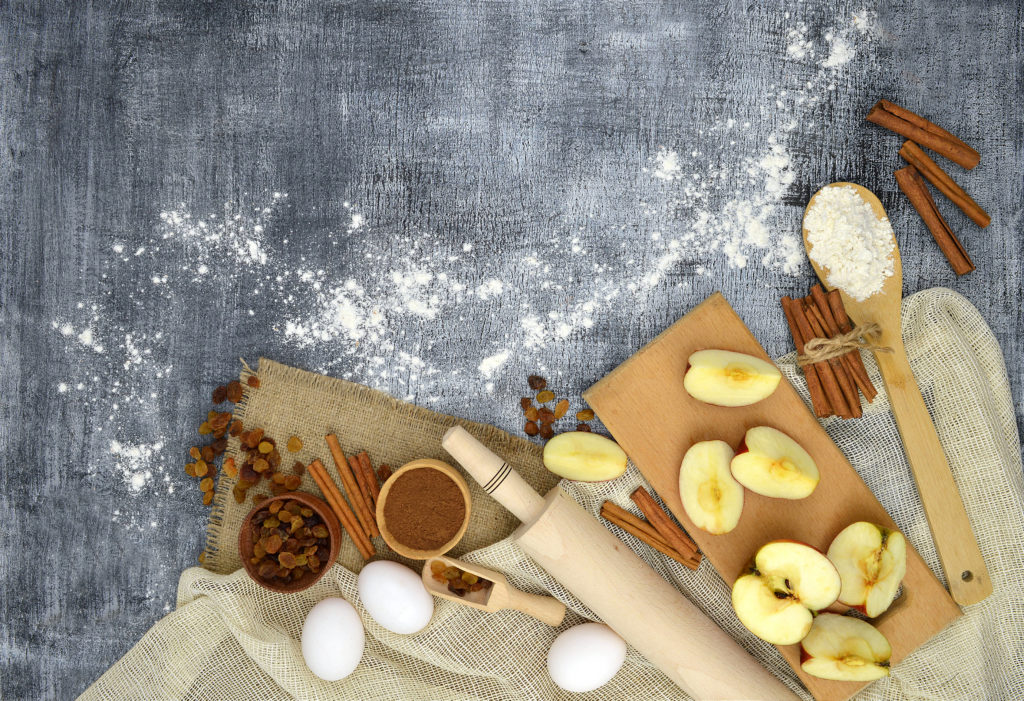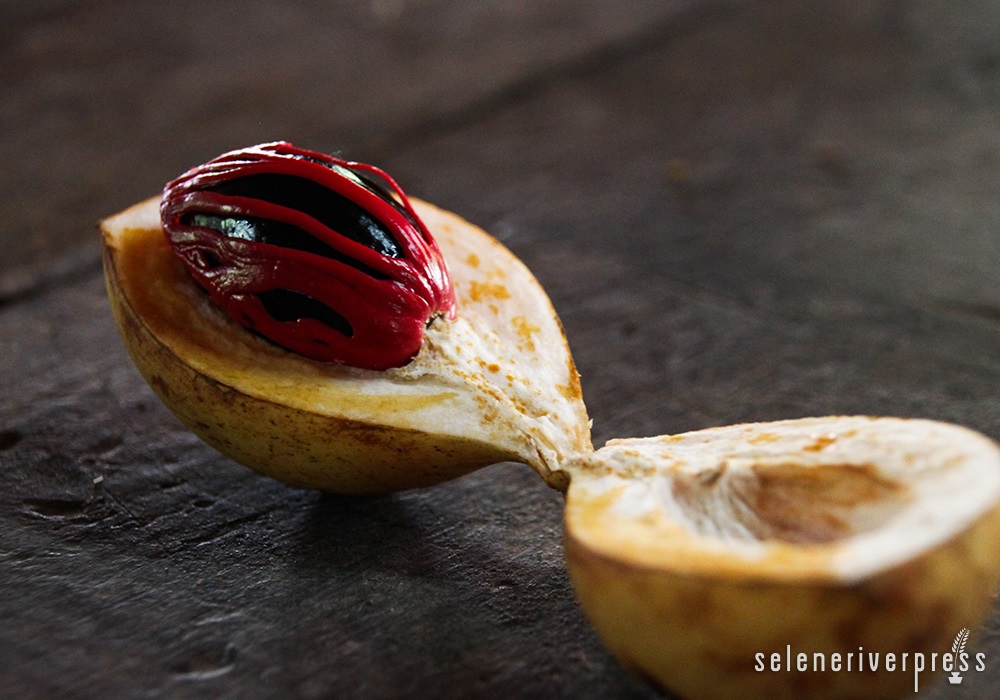Every once in a while, I go to my spice rack only to see spices that have been there seemingly for years! (Sigh) As I rummage through my vast collection, looking for a few favorites for some dish I’m making, I’m always left with a little guilt that some of my spices have been there way past their usefulness. Yes, the thought goes through my mind that I just must, really must, purge my old spices, and I put the task on the top line of my to-do list.
Well, guess what? During the holiday lag, while waiting to get back to the see-saw of normal life, I chose to brave it. I brought down all my spices and did the right thing. Yes, I spent a half a day sorting and tossing. I also came up with a new labeling system based on a nice little guide I found on Spices, Inc. (see below). Finally, I decided that in the future I would purchase spices I don’t need often in small bulk amounts and use them right away. The space I saved was unbelievable!
Here are some great storage tips I learned from Spices, Inc.:
- Whole spices and dried herbs, leaves, and flowers will keep 1–2 years.
- Seeds will keep 2–3 years and whole roots (i.e. ginger root or galangal root) will keep for 3 years.
- Ground spices and herb leaves keep 1 year.
- Ground roots will keep for 2 years.
Finding Hidden Treasures in Your Spice Rack
Without much effort, I found some super old nutmeg all by itself in a small bottle! It just seemed to be asking, “Why haven’t you used me?”
I even had a little laugh as it truly seemed to take on a life of its own. Only then did I recall the stories I’d heard about nutmeg being used by witches, drug addicts, and other not-so-savory types, as well as by people who were poisoned or sickened with its hallucinogenic effects. As I wasn’t sure if it was safe to use or not, I made a mental note to learn what all the hoopla surrounding nutmeg was about. (After all, both my mom and my favorite aunt used it frequently in their cooking.) I hope you’ll enjoy learning what I discovered and exploring a website with some great nutmeg recipes. Most importantly, I will finally answer the question: Is everything we know about nutmeg legend, reality, or something in-between?
Looking at the Components of Nutmeg
As I began researching my one and only lonely little nutmeg, it came as quite a surprise to learn that it’s actually quite a complex spice. Thanks to this helpful summary at Fao.org, I discovered that we’ve been using nutmeg for thousands of years, but it wasn’t until 1907–1908 that Frederic Power and Arthur Henry Salway first isolated and identified the numerous components found in nutmeg.
But with increasingly modern techniques that were developed in 1960, such as gas-liquid chromatography, more compounds were discovered. The Merck Index reported that nutmeg has a strong make up of essential oils, consisting of 50 percent sabinene and camphene. Additionally, nutmeg contains aromatic ethers, fixed oils, and saturated fats.
The Mystical (Tongue in Cheek) Component that Causes Hallucinations
Ironically, my big letdown came when I discovered that the mystical powers of nutmeg are more legend than reality! Yes, though an essential oil found in nutmeg apparently contains about 4 percent of the chemical myristicin—a natural organic compound— it unfortunately doesn’t bestow any psychoactive effects.
Although nutmeg is perfectly fine consumed in moderation, it’s important to know that large doses can be regrettable. I quote from CompoundChem.com:
“Before you reach for a spoonful of nutmeg, it’s worth noting the effects it can induce. Up to 1–2 mg (approximately 2–4.4 lbs.) of nutmeg per kilogram (2.2 lbs.) of body weight can induce effects in the central nervous system, and anecdotal records state a tablespoon is enough to bring on some of the other effects noted. These include nausea, vomiting, flushing, elevated heart rate, euphoria, hallucinations and a dry mouth; on the face of it, not a particularly cheery band of side effects.
“It doesn’t really get much better. Along with the fact that nutmeg has some less-than-pleasant side effects, they can last for several days. People report symptoms such as impaired vision and balance and concentration problems lasting for over a week. In all, it’s probably best that your nutmeg stays confined to your kitchen spice rack.”
Now that I’ve frightened everyone, here’s the good news about nutmeg’s health benefits: According to Herbs 2000, “Nutmeg has numerous uses, including therapeutic and culinary, and they are familiar since the prehistoric times. Nutmeg is a vital herb that is beneficial to us in several ways and is also deemed to be a tonic for the brain, as it facilitates in getting rid of mental strain. Nutmeg is primarily employed in the form of a sedative. In addition, this herb is also employed for treating digestive disorders and held in high esteem as an aphrodisiac. While the herb is effective in combating asthma, it is also employed in the form of a detoxifying agent.”
Personal note: Be sure to read about the many other beneficial uses of nutmeg. They’re simply amazing!
I found a great collection of nutmeg recipes from around the web gathered on the website Brit+Co. Though I was unable to get permissions to publish them all for you, you’ll find links to the recipes, full-color photographs, and tips for the proper use and amount of nutmeg in each dish.
I definitely plan to try some of these beauties, and maybe even buy some fresh nutmeg. See the Brit+Co article “15 Nutmeg-Spiced Recipes to Try” for links to all of the recipes below. Enjoy!
- Buttermilk Pie
- Apple Pie Bagels
- Pears Ginger Crisp
- Spicy Butternut Soup
- Nutmeg Gnocchi with Mushrooms
- The Famous Sint Maarten Guavaberry Colada
- Devils on Horseback Ice Cream
- Cheesy Chicken, Butternut and Sage Lasagna Bake
- Armenian Nutmeg Cake
- Spiced Bundt Cake with Apple Caramel Sauce
- Spaetzle
- Nutmeg Maple Butter Cookies
- Chocolate Chip Zucchini Muffins
- Kale, Pine Nut and Ricotta Pizza
- Pear-Vanilla Bourbon Warmer
Afterthoughts from the Traditional Cook
As I think about the intricate properties of all the herbs, spices, and wonders of the natural world, I also think that we must take the time to investigate their safe use. Mother Nature is the very creation of the Divine, and while we love the aromas, color, and fantastic tastes, by all means we must respectfully consume them so as to receive their profound blessings.
Maria Atwood, CNHP
[xyz-ihs snippet=”End-Authors-Note”]Note from Maria: I am a Certified Natural Health Professional, CNHP, not a medical doctor. I do not diagnose, prescribe for, treat, or claim to prevent, mitigate, or cure any human diseases. Please see your medical doctor prior to following any recommendations I make in my blogs or on my website.
Images from iStock/UKstudios (main), 5PH (ground nutmeg), fotiksonya (kitchen tools).



